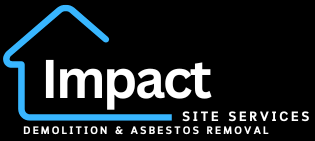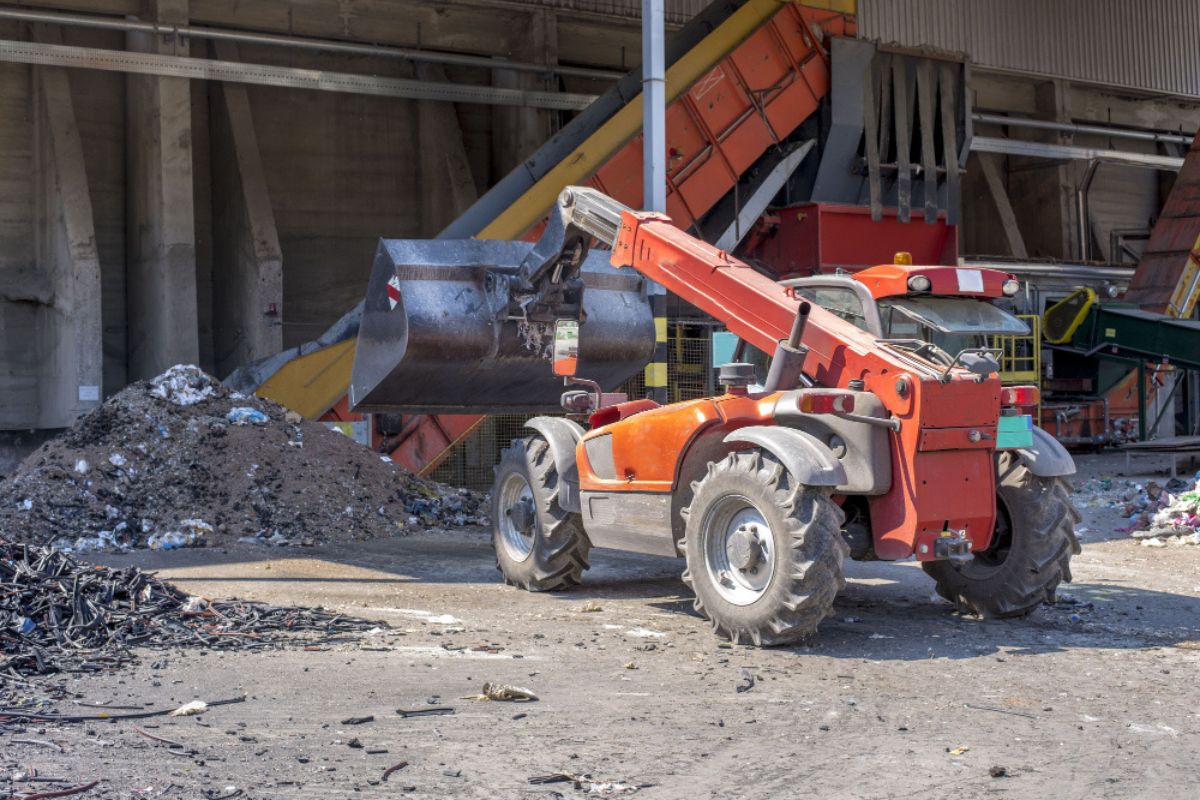How to Prepare Your Property for Demolition: A Comprehensive Guide
Demolition is an essential part of the construction and renovation world, whether it’s for clearing space for a new structure, rebuilding an existing one, or removing hazardous materials. However, demolition is a complex and sometimes dangerous process that requires careful planning and preparation. If you’re a property owner preparing for demolition, knowing how to properly prepare your property can ensure that the process is safe, efficient, and legally compliant.
In this blog, we will guide you through each step of preparing your property for demolition, providing valuable tips and insights on how to handle everything from legal requirements to environmental concerns and logistical planning.
1. Understand the Type of Demolition You Need
Before you begin the preparation process, it’s important to understand what type of demolition your property requires. Demolition projects vary significantly depending on the scope of work and the building materials involved. Broadly speaking, demolition can fall into the following categories:
a. Full Demolition
This involves tearing down an entire structure, including all walls, floors, and roofing. This type of demolition may involve the use of heavy machinery like bulldozers, excavators, and wrecking balls. If you’re demolishing an entire building, you’ll need extensive planning and likely a permit.
b. Partial Demolition
This is when only a portion of the structure is demolished, whether it’s a section of a wall, part of a roof, or specific floors. For example, a homeowner might want to demolish an old extension while preserving the main house. This will require specialised planning and may also necessitate structural reinforcement to ensure that the remaining structure remains safe.
c. Interior Demolition
This type of demolition focuses solely on the interior of a building, such as removing non-load-bearing walls, flooring, ceiling panels, or cabinetry. Often used in renovation projects, this type of demolition usually involves fewer permits and less heavy machinery but still requires proper planning.
d. Hazardous Material Removal
If the building contains hazardous materials, such as asbestos, lead paint, or mold, these materials need to be properly removed and disposed of before any demolition begins. Specialised contractors are typically required for this step.
Once you determine what type of demolition your property requires, you can start preparing for the next steps.
2. Hire a Professional Demolition Contractor
While DIY demolition may seem like a cost-saving option, it’s rarely the best choice due to safety, legal, and environmental concerns. Demolition is an intricate process, and it’s essential to hire a licensed and insured demolition contractor who understands the complexities of the job.
Here are a few things to keep in mind when hiring demolition contractor:
a. Experience and Reputation
Look for contractors who have experience with the type of demolition you need. Check online reviews, ask for references, and verify their qualifications.
b. Licensing and Insurance
Ensure that the contractor holds the appropriate licenses for demolition work in your jurisdiction. Additionally, verify that they have adequate insurance coverage for both liability and worker’s compensation in case of accidents.
c. Estimate and Timeline
Get detailed quotes that outline the cost of demolition, the timeline for completion, and what the contract covers. Be wary of contractors who provide vague estimates or rush you into a decision.
3. Obtain Necessary Permits and Approvals
Before any demolition begins, you must check with your local municipality to obtain the required permits. Demolition permits are mandatory in most regions, and failure to secure them can lead to fines, delays, or even having to undo the work.
a. Building Permit
A standard demolition permit is typically required when removing a structure or portion of a structure. You will likely need to provide your contractor with your property details, including the scope of work.
b. Environmental Permits
If the building contains hazardous materials such as asbestos, lead, or mold, additional permits may be required to handle their safe removal. You may also need an environmental clearance to ensure the demolition will not negatively impact the surrounding area.
c. Utility Disconnection
Before demolition can proceed, all utilities (electric, water, gas, sewage) must be disconnected. A licensed technician or utility company must handle this disconnection to ensure safety.
d. Zoning Compliance
Check your local zoning laws to ensure that the planned demolition complies with all building codes and ordinances. Some areas have restrictions on the type of structure you can build after demolition.
4. Conduct a Thorough Inspection
Before beginning the demolition, conduct a full inspection of the property to assess any potential risks or safety hazards. This includes checking for structural issues, hazardous materials, or environmental concerns.
a. Structural Evaluation
A professional structural engineer should evaluate the integrity of the building. This is especially important for partial demolition or interior demolition where walls or load-bearing elements are involved. Understanding the structural weaknesses of a building will guide the demolition plan and help prevent accidents.
b. Hazardous Materials Assessment
Older buildings may contain hazardous materials such as:
- Asbestos: Common in buildings constructed before the 1980s, asbestos is highly toxic if disturbed and requires a licensed professional for asbestos removal.
- Lead Paint: Homes built before 1978 often contain lead paint, which can be harmful, especially during demolition.
- Mold: Mold can be widespread in older structures and pose a health hazard.
Hire a certified specialist to conduct tests for these materials, and ensure they are safely removed before the demolition process starts.
5. Disconnect Utilities and Services
Before you demolish a property, all utilities need to be disconnected. Not only does this protect workers, but it also ensures that no utility lines (gas, electricity, water, sewer) are damaged during demolition.
a. Electricity
Hire a licensed electrician to safely disconnect all electrical services. Make sure the main power supply is cut off, including any external wiring.
b. Water and Sewer
Hire a plumber to disconnect water lines and ensure that the property is no longer connected to the local sewage system. If the building is on a septic system, the tank should be pumped and decommissioned.
c. Gas
A professional from the gas company should disconnect the gas lines, ensuring that no fuel source is left on the property during demolition.
d. Telephone/Internet Lines
Any communications lines must also be disconnected to avoid damage during demolition. Ensure the local service provider removes these lines before work begins.
6. Notify Neighbors and Stakeholders
Demolition can be a noisy and disruptive process, so it’s courteous (and often legally required) to notify your neighbors ahead of time. Give them sufficient notice so they can prepare for any inconveniences.
a. Neighbor Notifications
Inform neighbors about the expected timeline of the demolition, the potential noise, and any dust or debris that might be generated. Offering them an emergency contact number in case issues arise is also a good practice.
b. Local Authorities
In some cases, you may need to inform the local police or fire department, especially if there are street closures, large equipment involved, or if the demolition is near a busy area.
c. Insurance Providers
Your homeowner’s insurance may need to be adjusted to cover the demolition and any potential damages that may occur during the process.
7. Safeguard the Site and Protect the Environment
During demolition, it’s important to ensure that the site is properly secured, and all debris and waste are handled in an environmentally responsible manner.
a. Fencing and Signage
Put up proper fencing and signage around the site to keep unauthorised individuals out and warn of any potential hazards. Make sure the area is clearly marked and restricted to prevent accidents.
b. Waste Management
Proper waste disposal is essential during demolition. Separate materials that can be recycled (like metal, wood, and concrete) from hazardous materials, and ensure that hazardous materials are disposed of in accordance with environmental regulations.
c. Dust and Debris Control
Demolition can produce large amounts of dust and debris. Implement dust control measures like water spraying or dust barriers to minimise airborne particulates. Ensure that all debris is contained on the site to avoid scattering.
8. Demolition and Site Clean-Up
Once everything is prepared, and the demolition is underway, the contractor will take over. Depending on the scope, the demolition can involve the use of heavy machinery or manual labor to safely tear down the building.
a. Demolition Process
The contractor will begin by dismantling parts of the building, starting with non-structural elements and then moving on to more significant structural components. The demolition process should follow the specific plans and safety protocols set forth during the preparation stages.
b. Site Clean-Up
Once the demolition is complete, the site must be thoroughly cleaned. This includes removing debris, securing any leftover materials, and ensuring that the site is safe for any future construction or development. The area should be left level and clear, with no sharp objects or dangerous materials left behind.
9. Dispose of Materials Responsibly
Demolition results in a significant amount of waste, and proper disposal is crucial. Materials such as wood, metal, concrete, and other building debris should be sorted for recycling whenever possible.
a. Recycling
Many building materials, like concrete, steel, and wood, can be recycled and reused in other construction projects. Working with your demolition contractor, set up a plan for recycling materials that can be repurposed.
b. Hazardous Waste
Hazardous materials like asbestos, lead, and mold must be handled by certified disposal services. These materials must be removed, transported, and disposed of according to local environmental regulations.
Conclusion
Preparing your property for demolition involves a series of essential steps, from securing permits to disconnecting utilities and safeguarding the site. While the process may seem daunting, working with professional contractors and following the proper procedures ensures a safe, efficient, and legally compliant demolition project. With careful planning, you can clear the way for your new construction or renovation without unnecessary hassle or risk.

